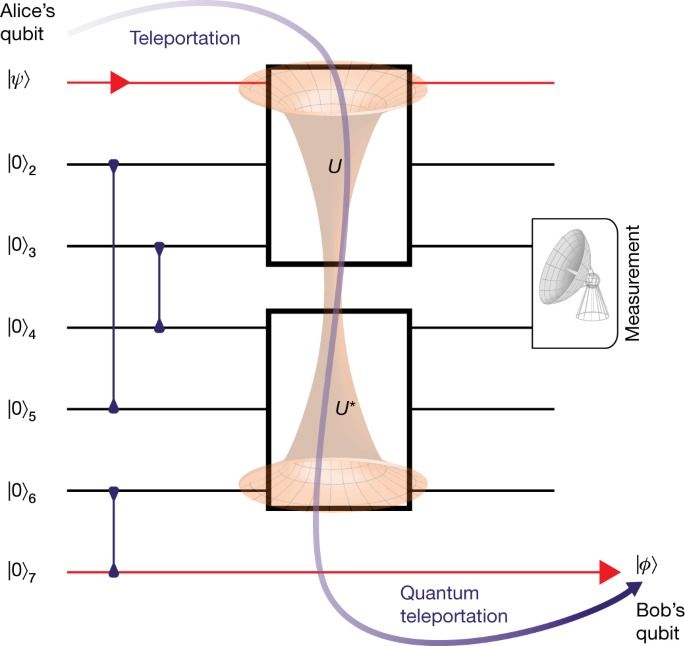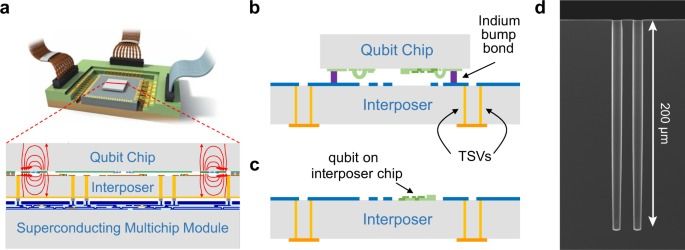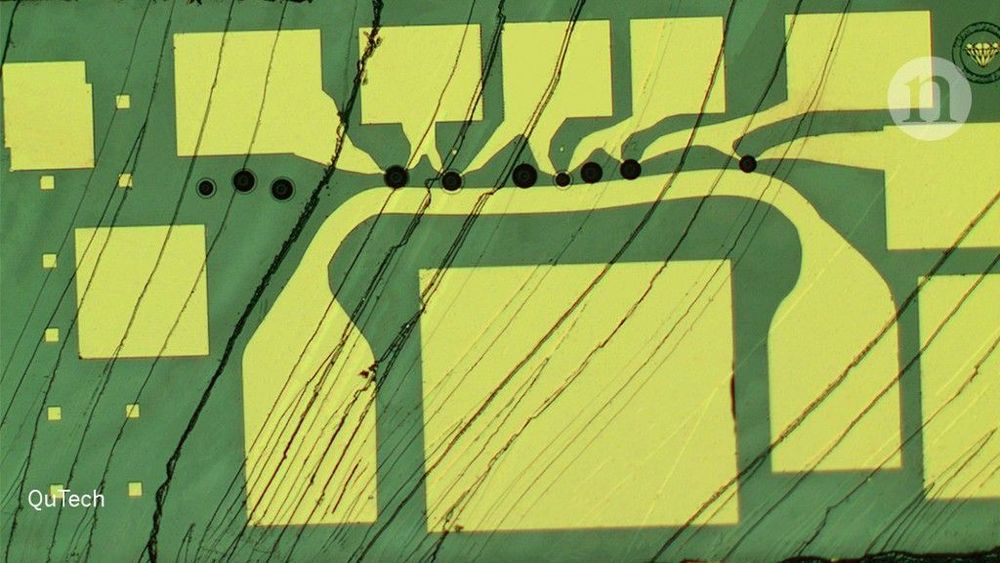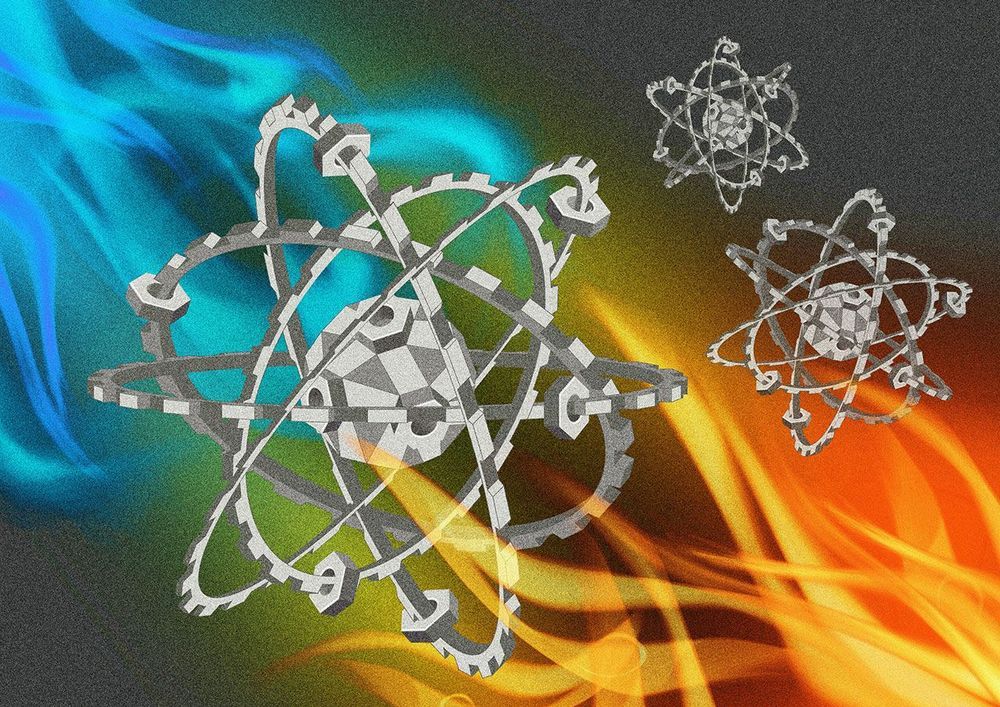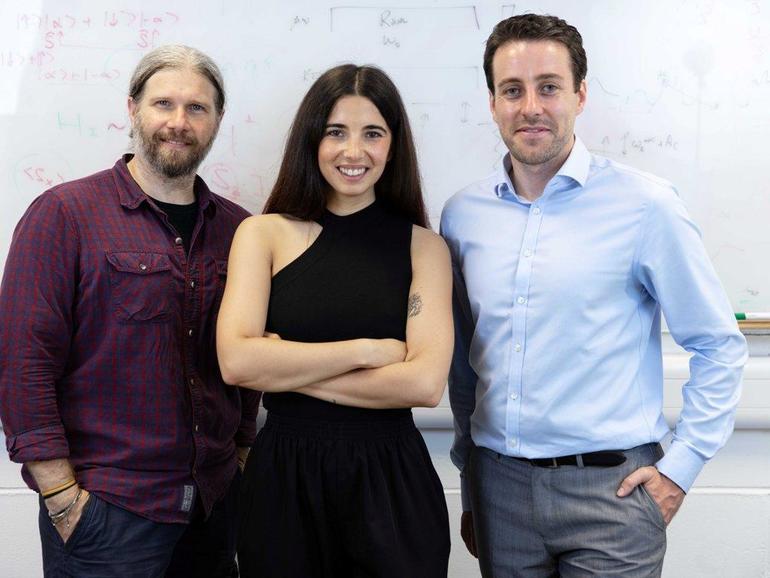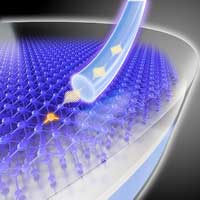LOS ANGELES, Oct. 6, 2020 /PRNewswire/ — The Coding School is collaborating with IBM Quantum to offer a first-of-its-kind quantum computing course for 5,000 high school students and above, designed to make quantum education globally accessible and to provide high-quality virtual STEM education. To ensure an equitable future quantum workforce, the course is free. Students can apply here.

